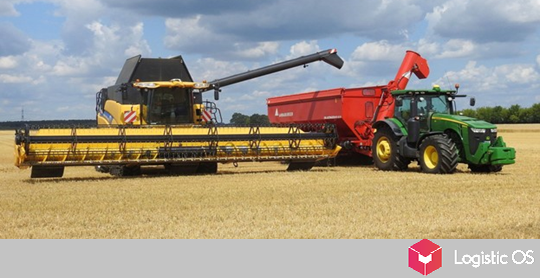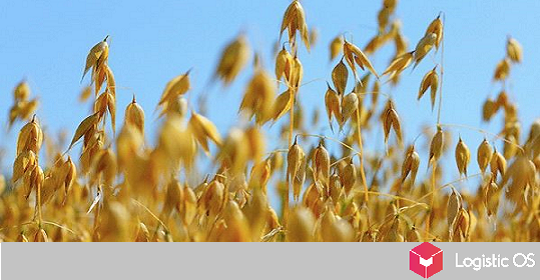Farmers fear that the introduction of an export duty on soybeans in the amount of 30% of the customs value from February 1 will contribute not so much to lower prices as to ruin the industry.
The Russian government was not satisfied with the introduction of duties on wheat, corn and barley, as well as sunflower and rapeseed. Soybeans were under attack.
The duty is already working: from February 1 it is 30% of the customs value, but not less than 165 euros per tonne. It is assumed that the duty will be in effect at least until June 30. However, lawmakers have already made it clear that there is no point in hoping for the disappearance of duties on agricultural exports in June. And this certainly applies to soybeans.
The only way to sell soybeans without duty is to export to the member countries of the Eurasian-Asian Economic Union. But the trouble is: it does not include Turkey, which bought up to 20 thousand tons of soybeans this season, nor, most importantly, China, which purchased 250 thousand tons from Russian farmers in September-January.
Why tax on soybeans?
The answer is obvious: the government wants it not to go abroad, but to stay inside the country. In this case, soybean prices will not rise (at least, not faster than average inflation).
The Executive Director of the Fat and Oil Union Mikhail Maltsev notes that the Union expects a decline in the price of soybeans on the domestic market. First of all, this is important for livestock breeders for whom soy is a raw material. Consequently, its rise in price will change the price tags in the meat section of the store.
Soy is also important for health food manufacturers.
What could be the consequences of a duty on soybeans?
First, you need to understand that the lion’s share of soybeans in Russia is grown in the Far East (up to 2 million tons per year). Let’s take into account the gigantic size of the country and get interesting patterns:
- In the European part of Russia it is cheaper to buy soybeans from Europe than to bring them from Khabarovsk.
- It is the same in the Far East: it is faster and more profitable to sell products to China than to transport them to Moscow.
China, all the more, is «insatiable»: its representatives directly stated that they are ready to buy from Russia even 10 times more soybeans — just produce. But after the introduction of the duty, trade with the Celestial Empire was practically closed: after all, 30% is a «prohibitive rate».
So it turns out that now soybeans grown in the Far East still have to be transported to Moscow. And although the government has set a zero rate for its transportation through Russian Railways within the country, manufacturers are still not happy. After all, China is ready to buy soybeans much more expensive than the domestic consumer.
Against the background of all this, Amur producers are already asking the Ministry of Agriculture to reduce the duty by at least 10%. But for now it is a voice crying in the wilderness.
At the same time, experts note that in January (while there were no duties yet), producers managed to sell abroad up to 1 million tons of soybeans, which is almost half of the entire seasonal harvest in Russia.

Thus, at the moment, most of the soybean barns and warehouses are empty. And producers can hope that the situation will change for the better before the new harvest.
But the fact that a huge amount of soybeans were already sold abroad in January may be the factor that will prevent Russian farmers from purchasing it in large quantities and cheaply.

